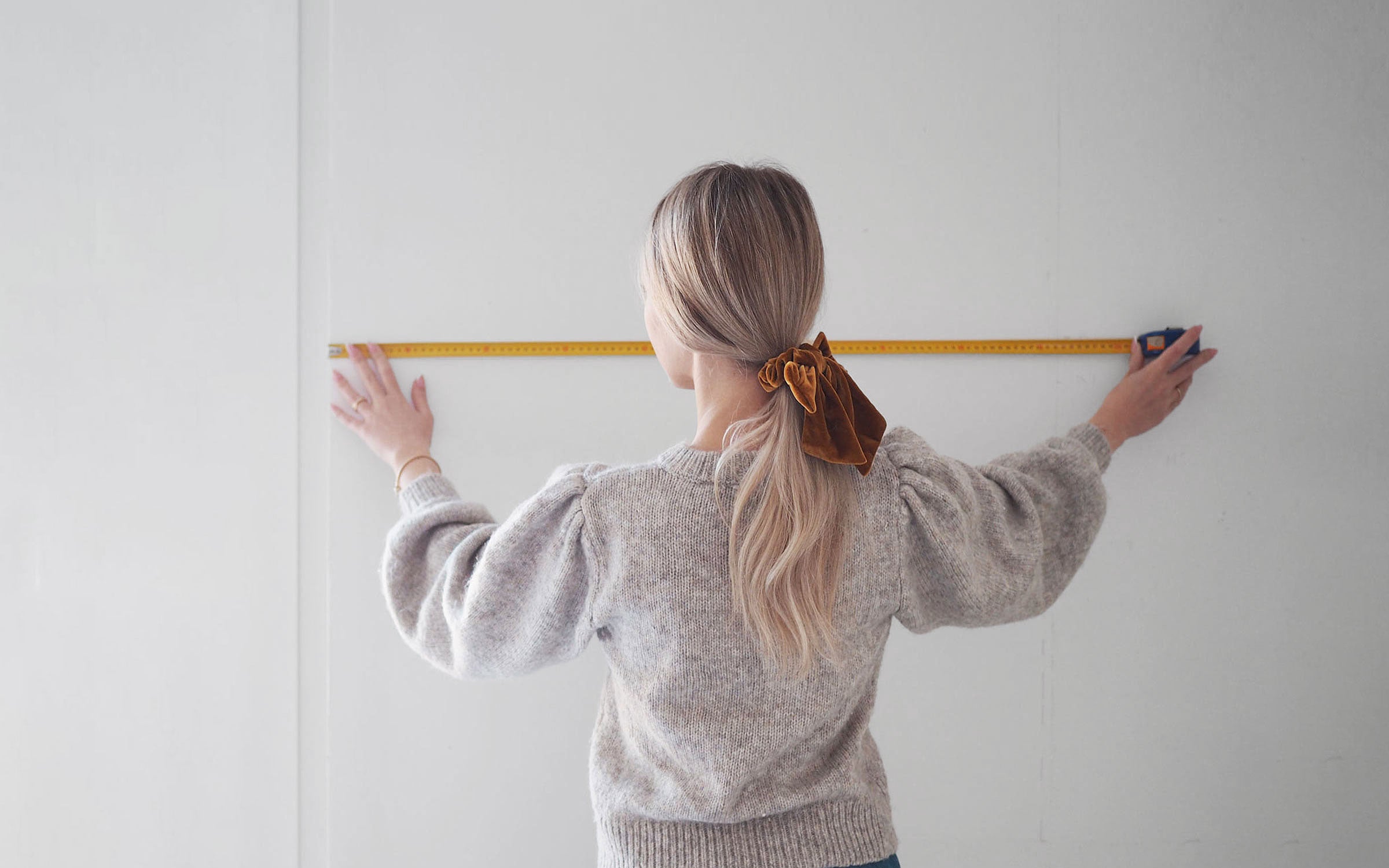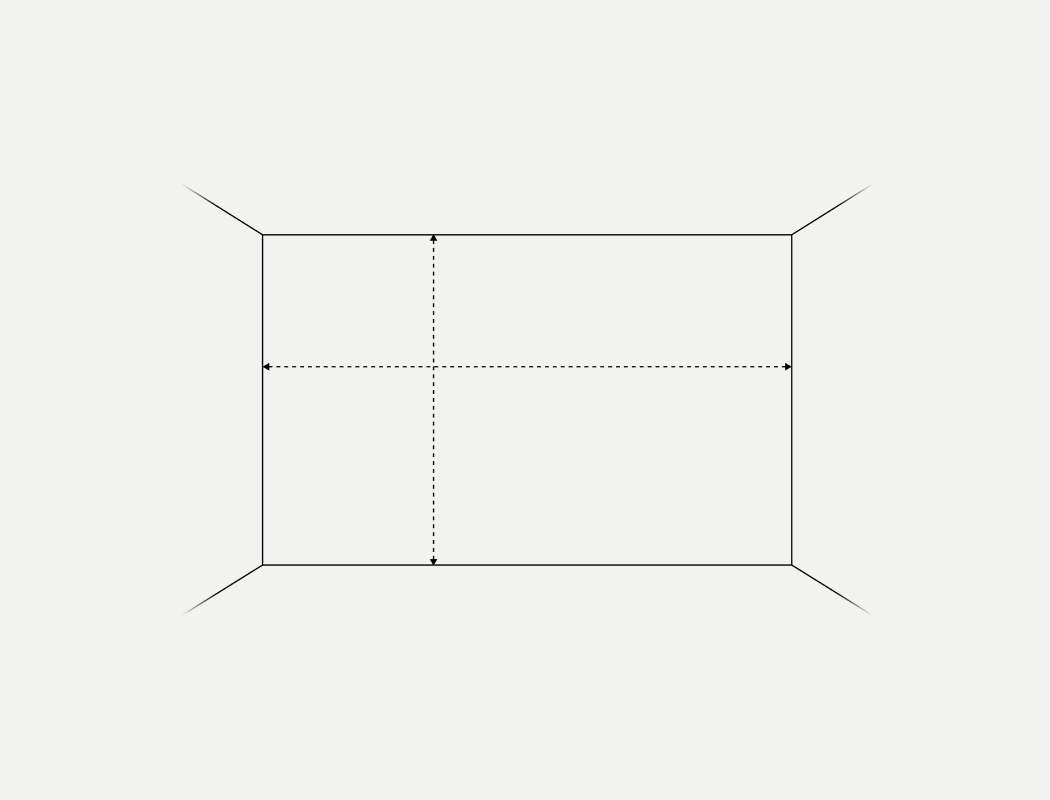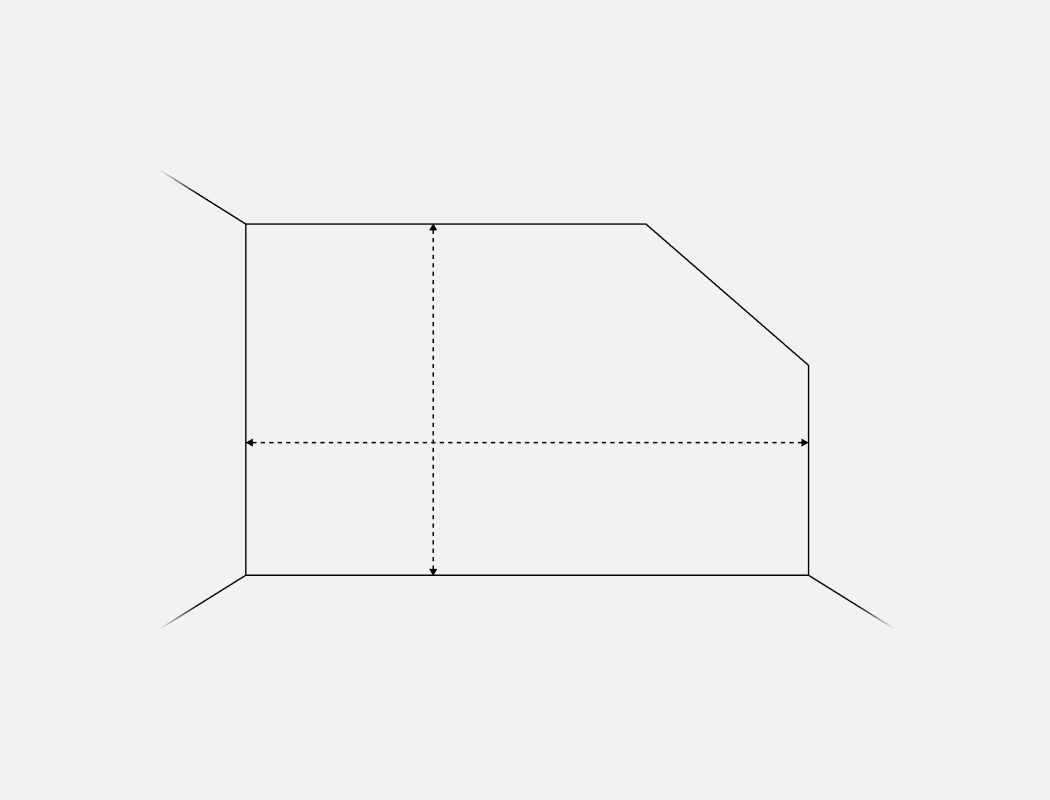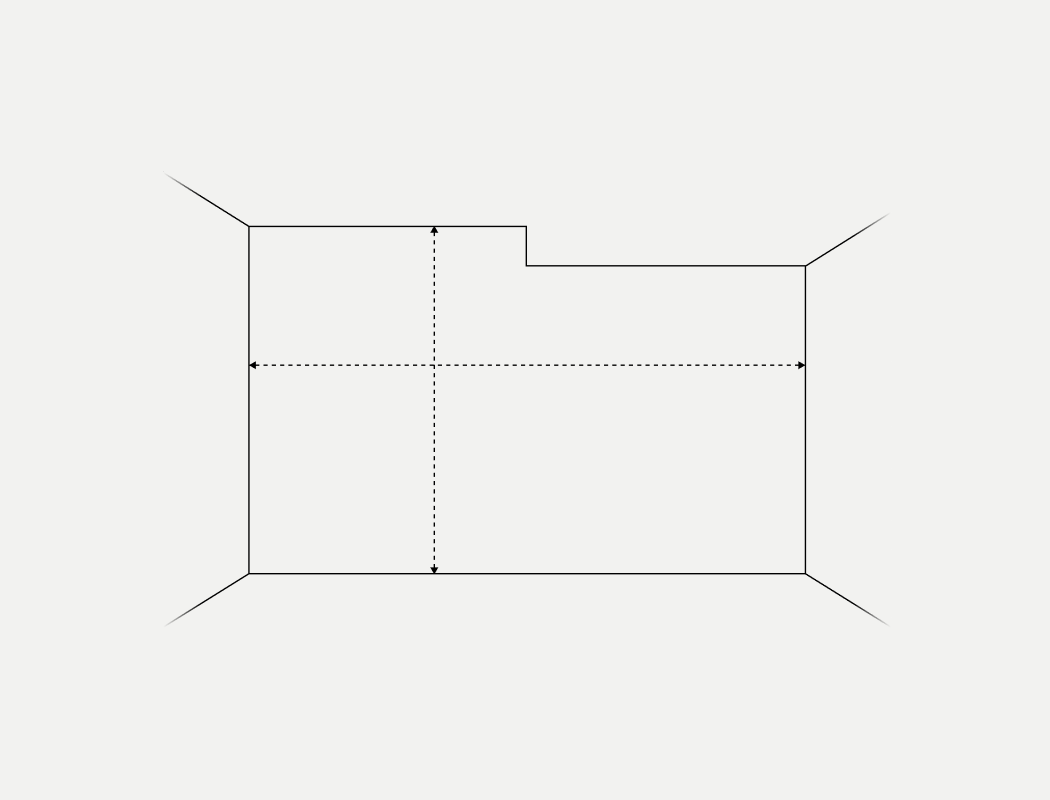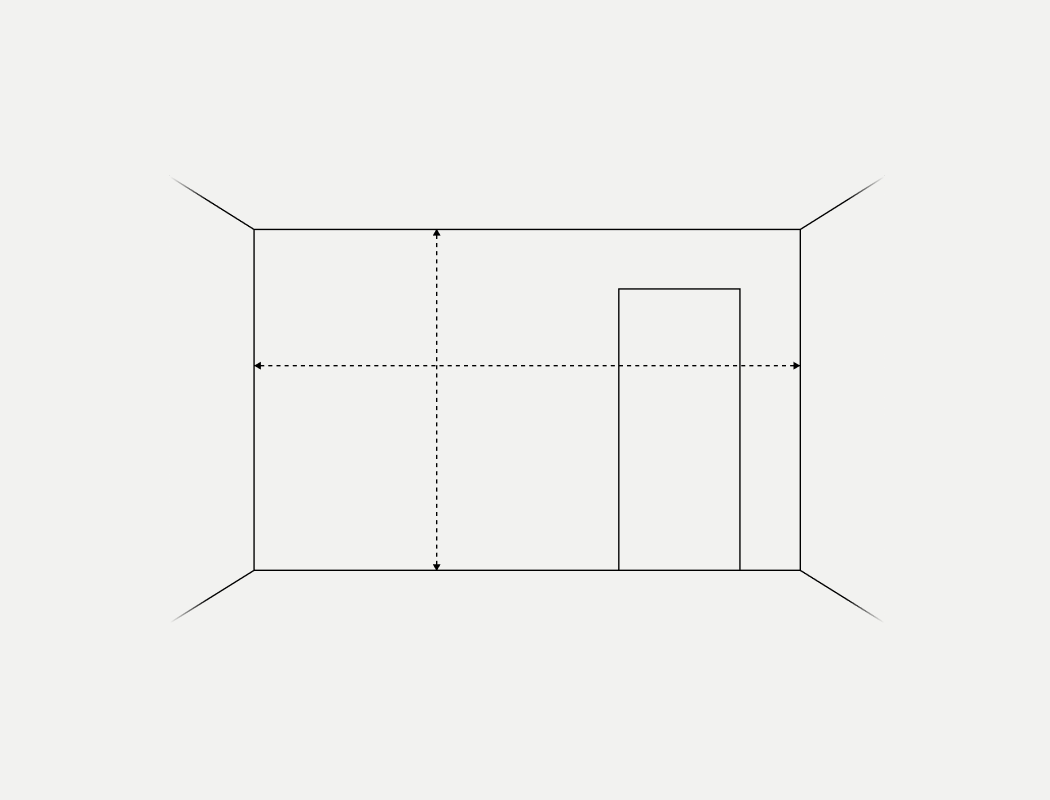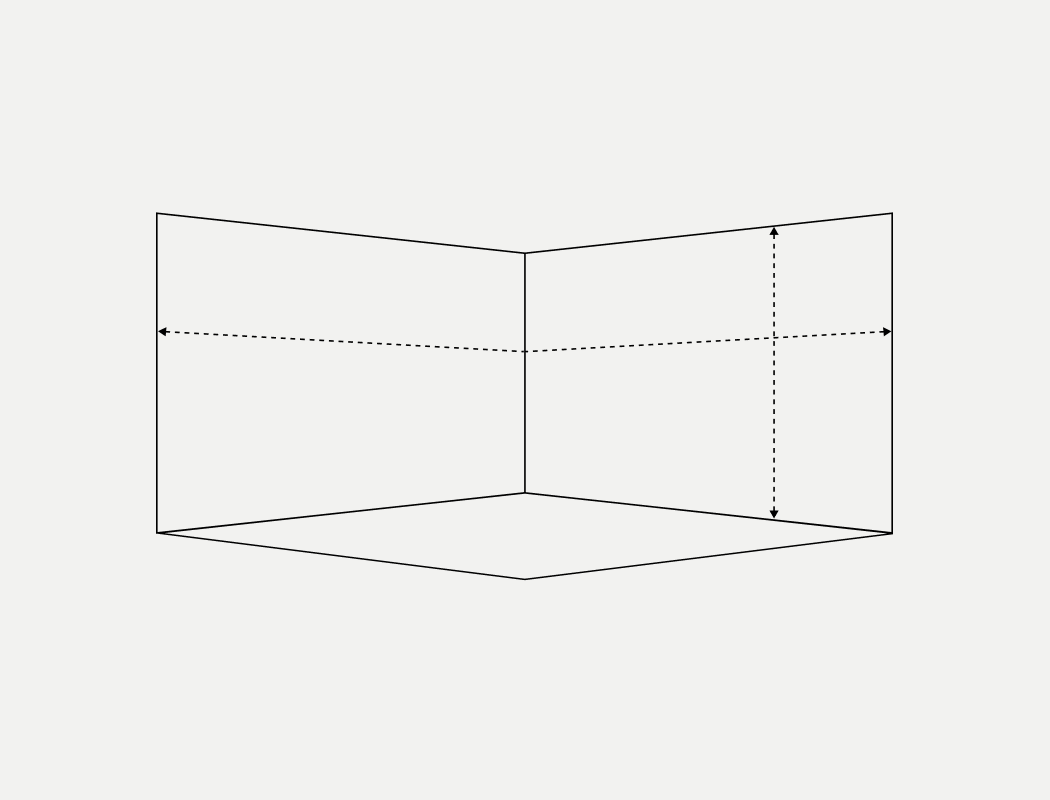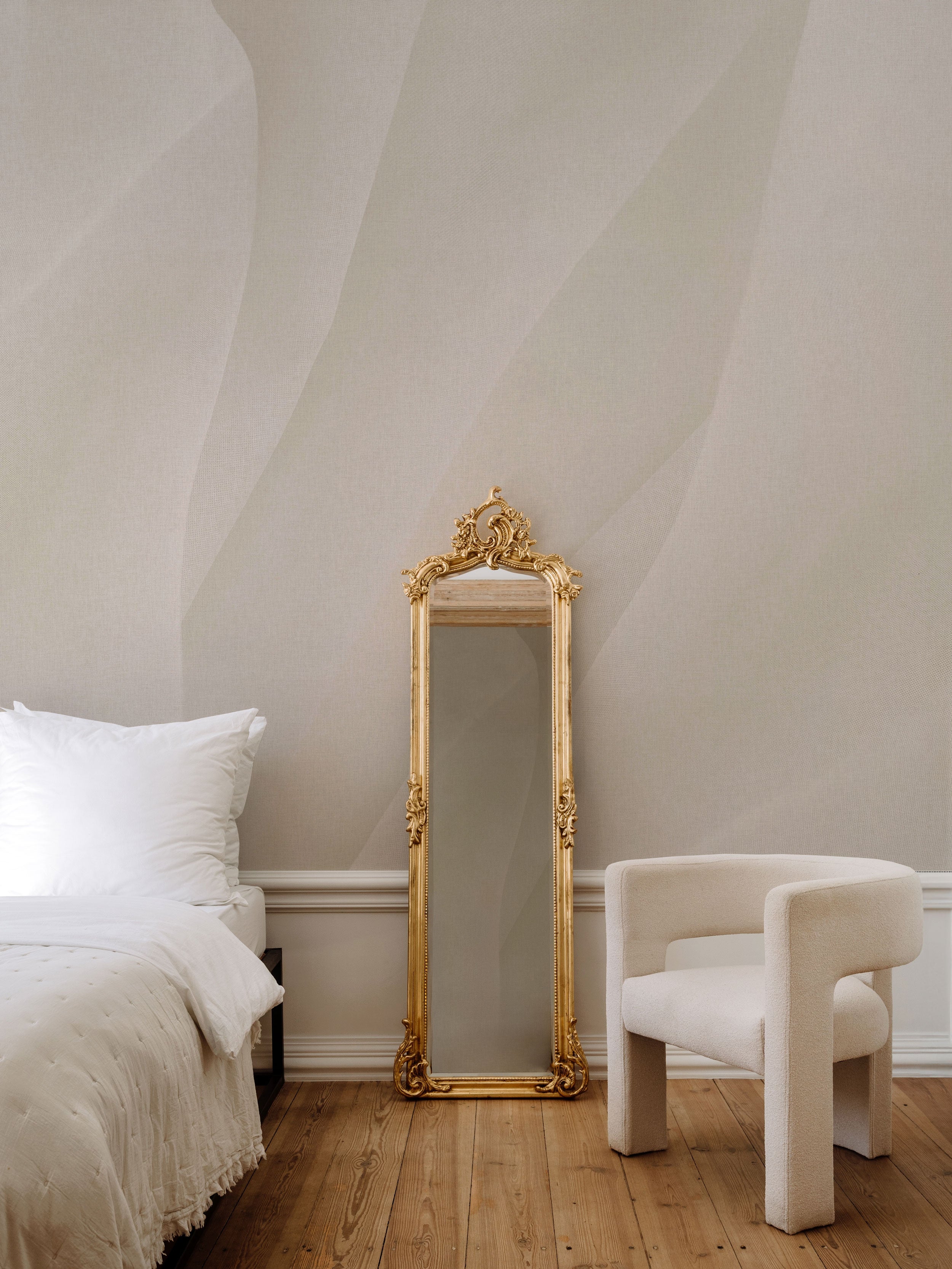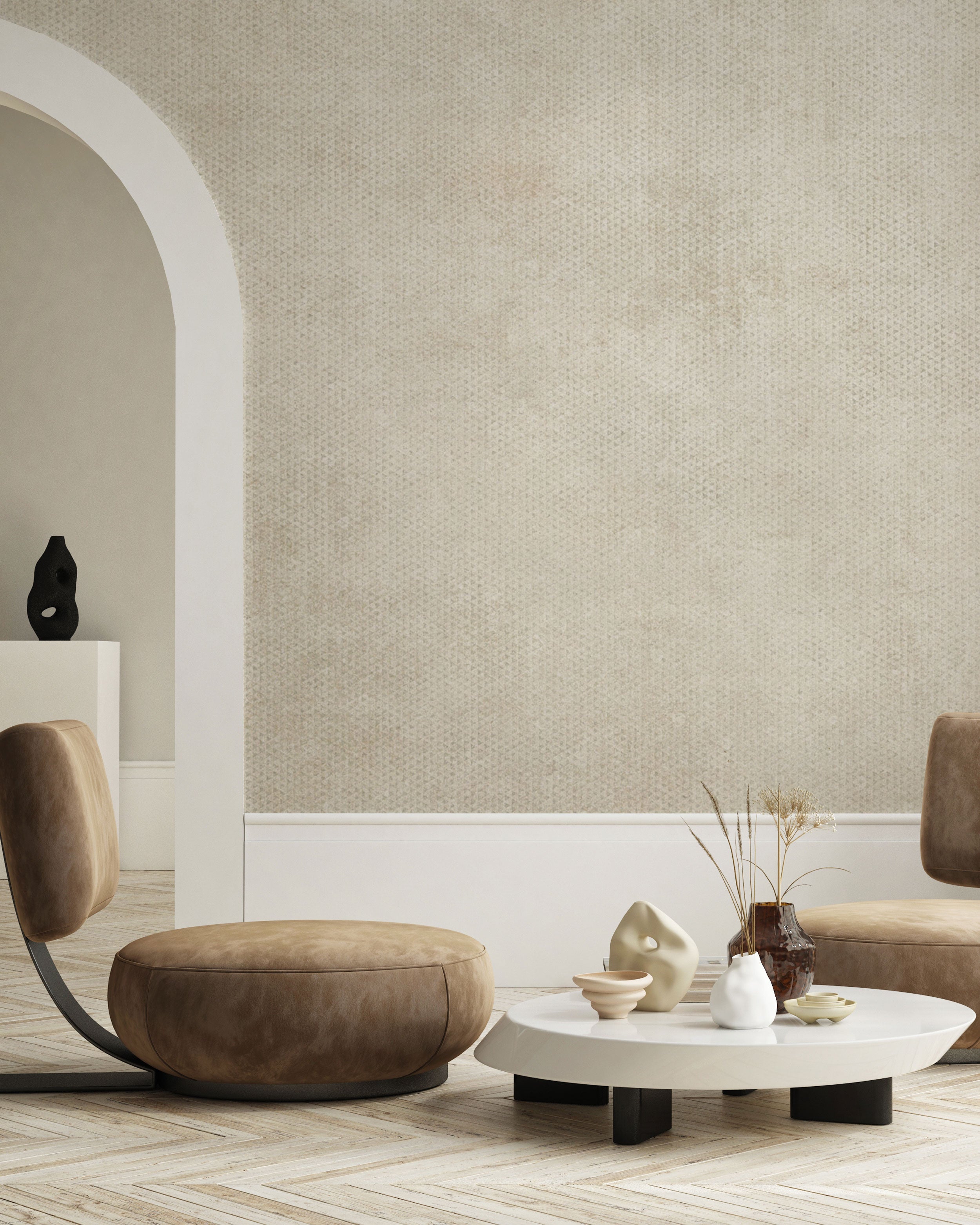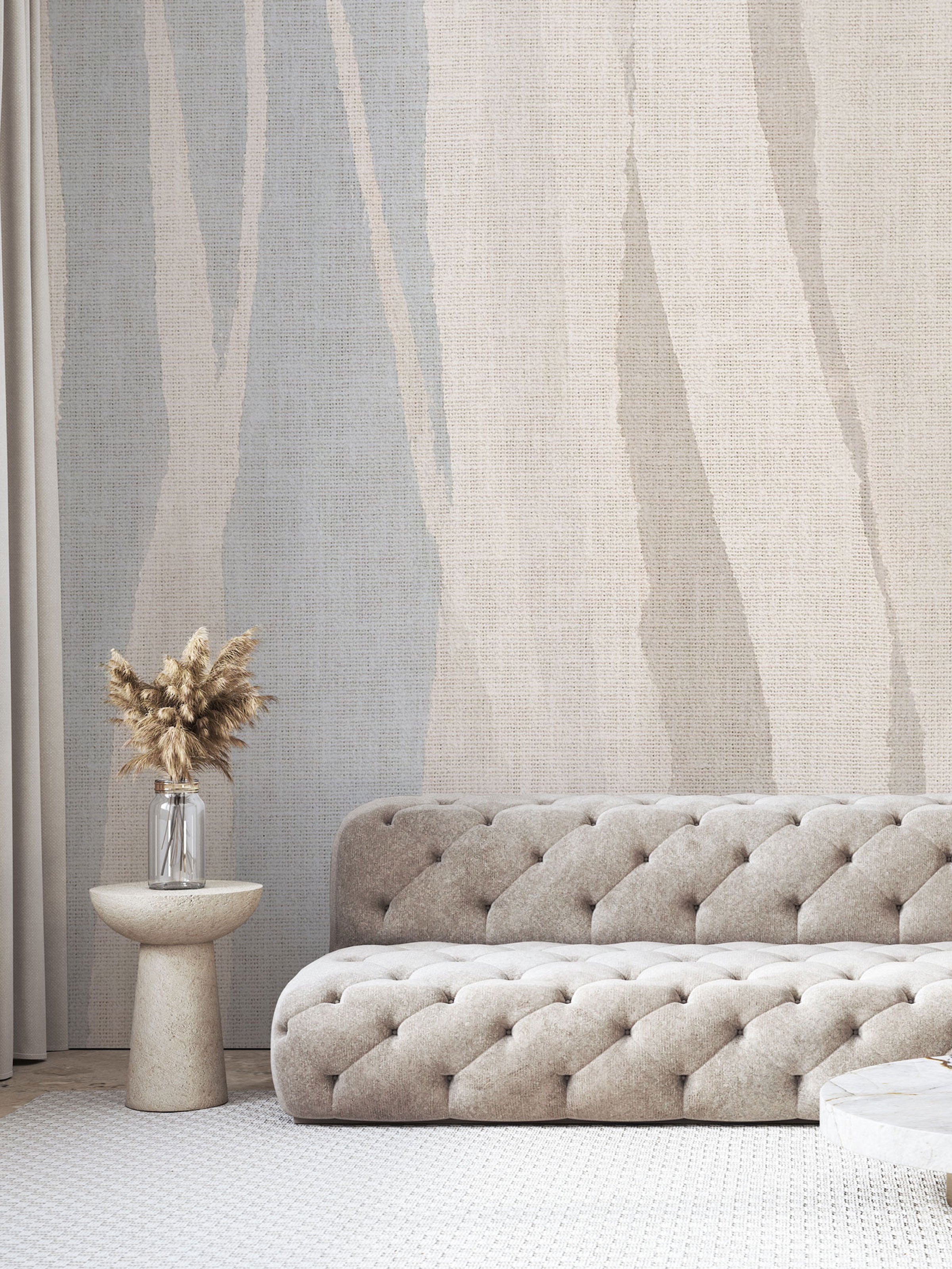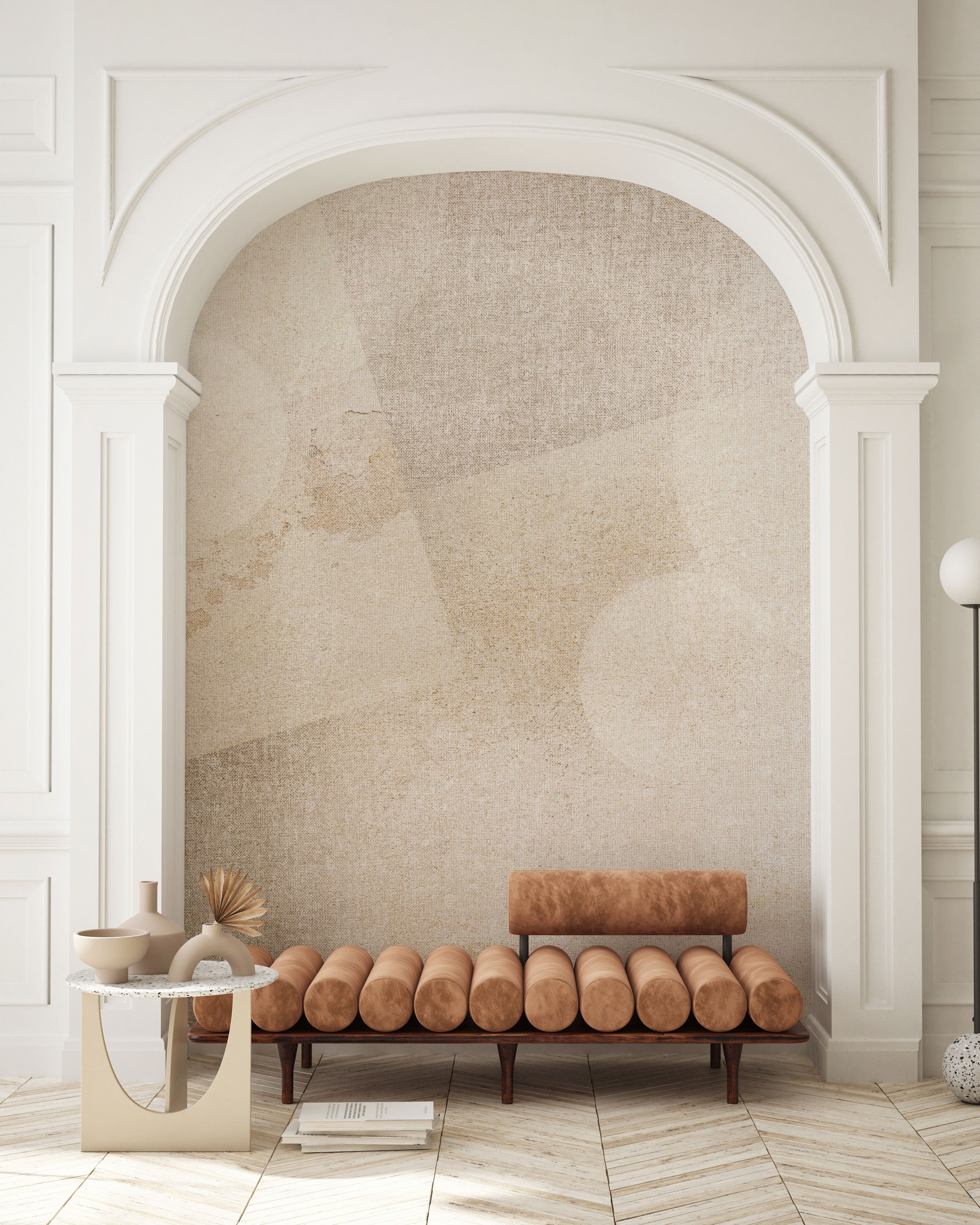How to Measure Your Wall
Measuring your wall might sound tricky — but don’t worry, we’ve made it super easy. Follow these simple steps to get accurate measurements, so we can create your custom wallpaper to fit just right.
Ready? Let's Measure.
Before diving into the different wall types, here's the most important thing to know: always measure the widest part and the tallest point of your wall, even if parts of it are slanted or have obstacles. Just enter the exact wall dimensions during checkout and we’ll take care of the rest.
We automatically add a little extra to every order to make sure there’s enough wallpaper for trimming and a perfect fit during installation. No need to overthink it—keep it simple and accurate.
Standard Wall
For a standard wall, measure the full width and height of the wall. It’s important to double-check your measurements to ensure accuracy. Since walls can sometimes vary slightly in size, take measurements at multiple points along the wall. Always use the largest width and height to ensure a proper fit.
Obstacle Wall
If your wall includes obstacles like doors or windows, measure the longest width and tallest height of the wall, ignoring the obstacles themselves. These features will simply be cut away during installation. If you want to ensure that important elements of the wallpaper design won’t be obscured by obstacles, you can send us a blueprint or sketch of your wall. We’ll adjust the design to suit your layout.
Multi-Wall Installation
When installing wallpaper across multiple walls, measure the tallest height of all the walls and combine the widths of each wall. You can place your order as if the walls are one continuous surface, without separating the measurements. To ensure that corners do not disrupt the design, you can share a blueprint or sketch with us. We’ll align the design to seamlessly fit your space.
